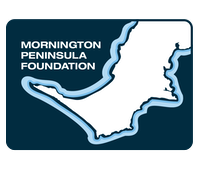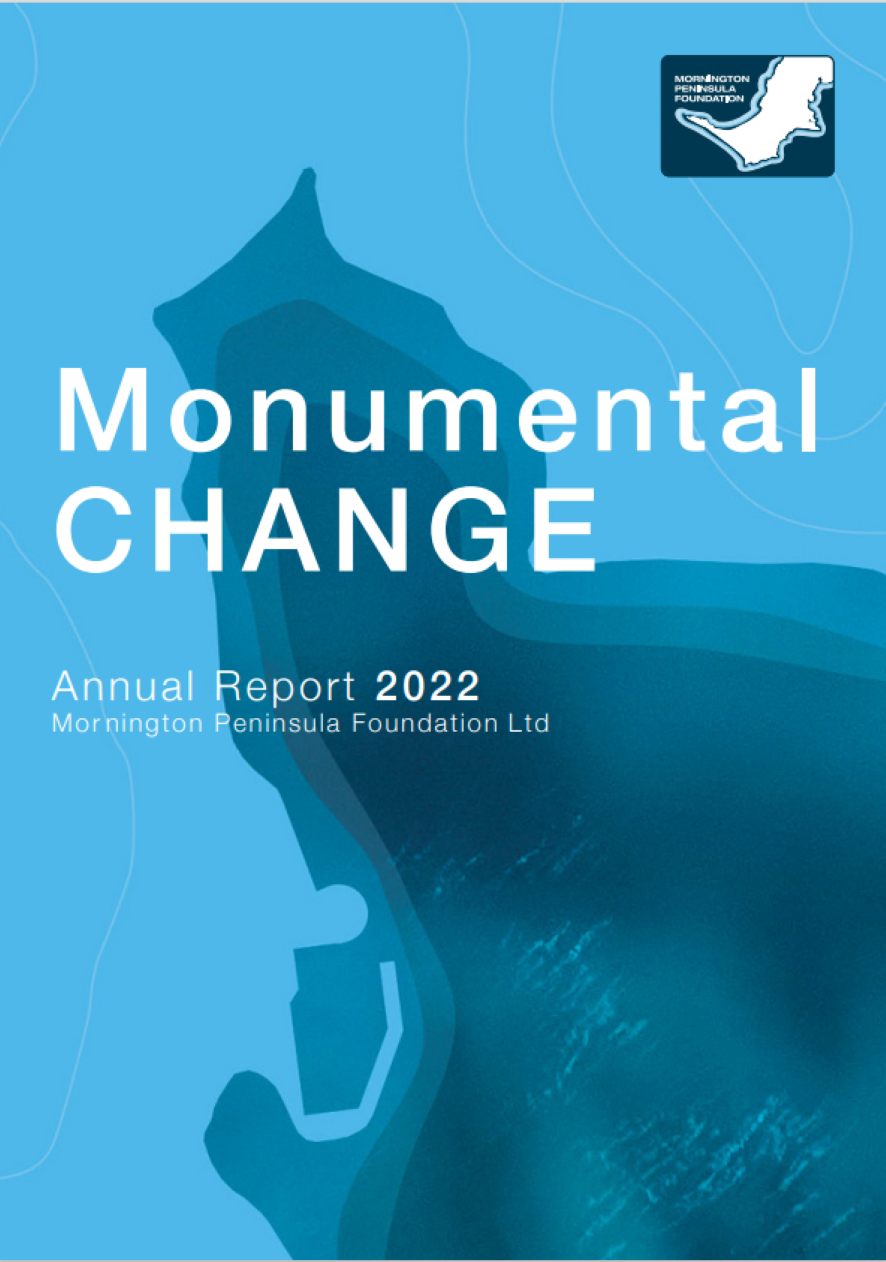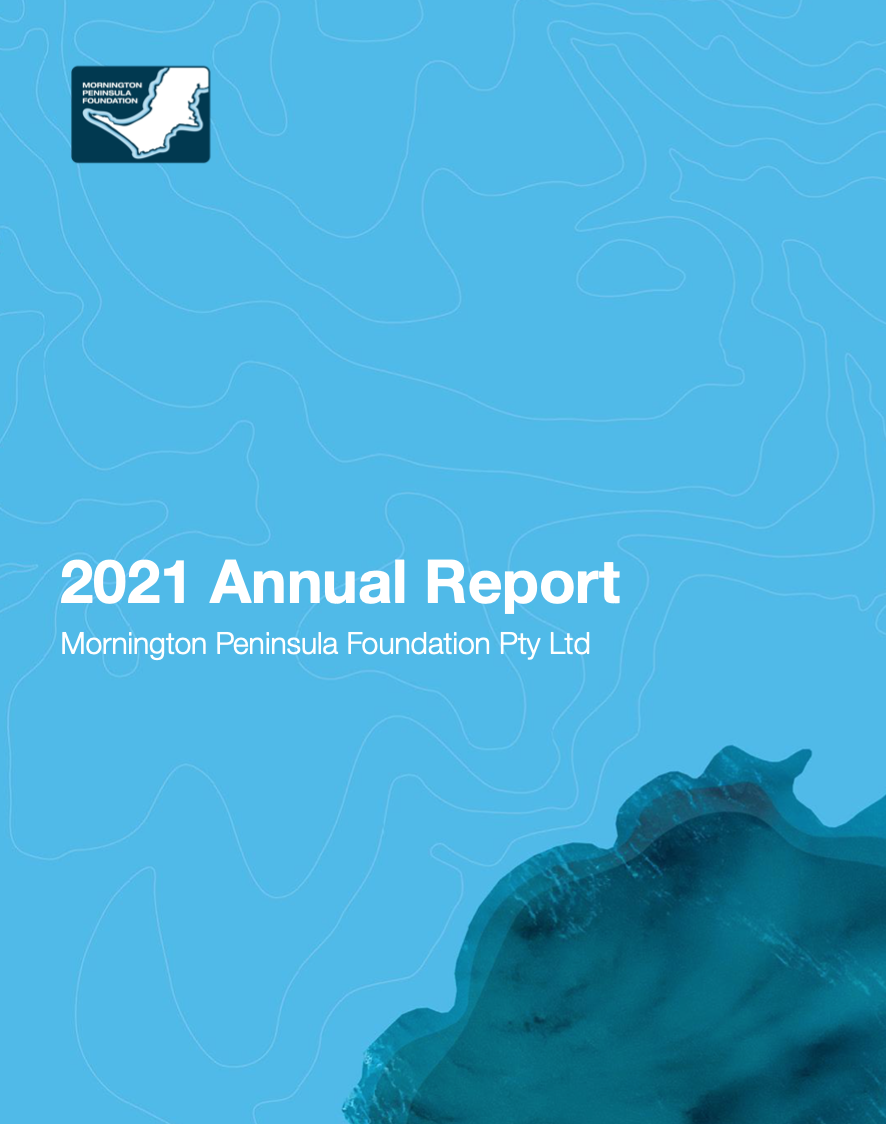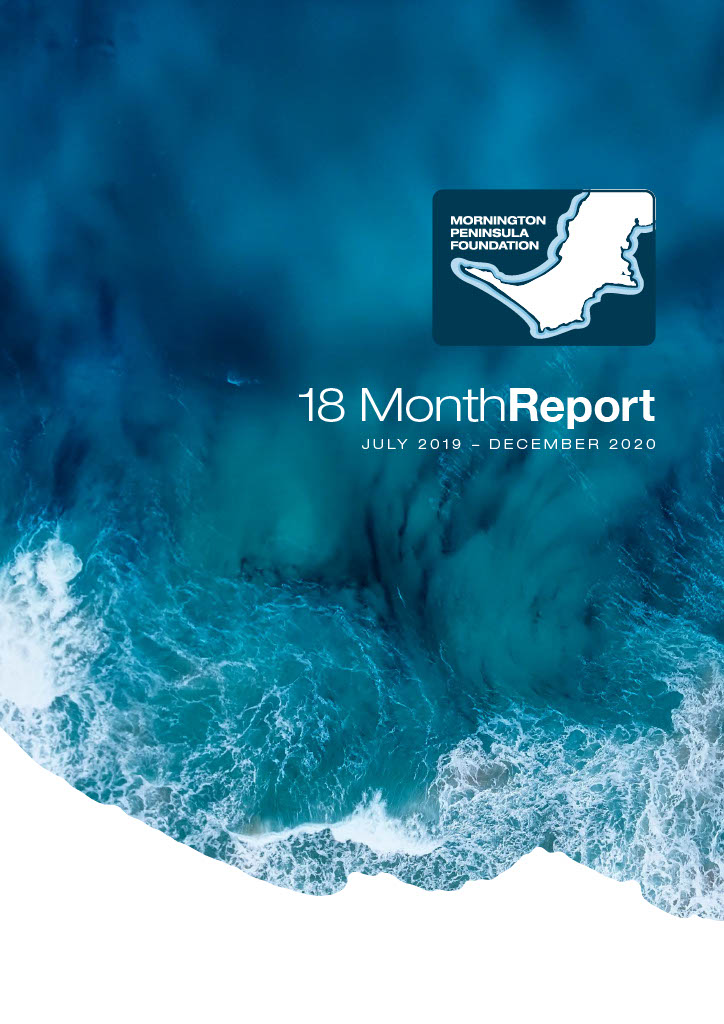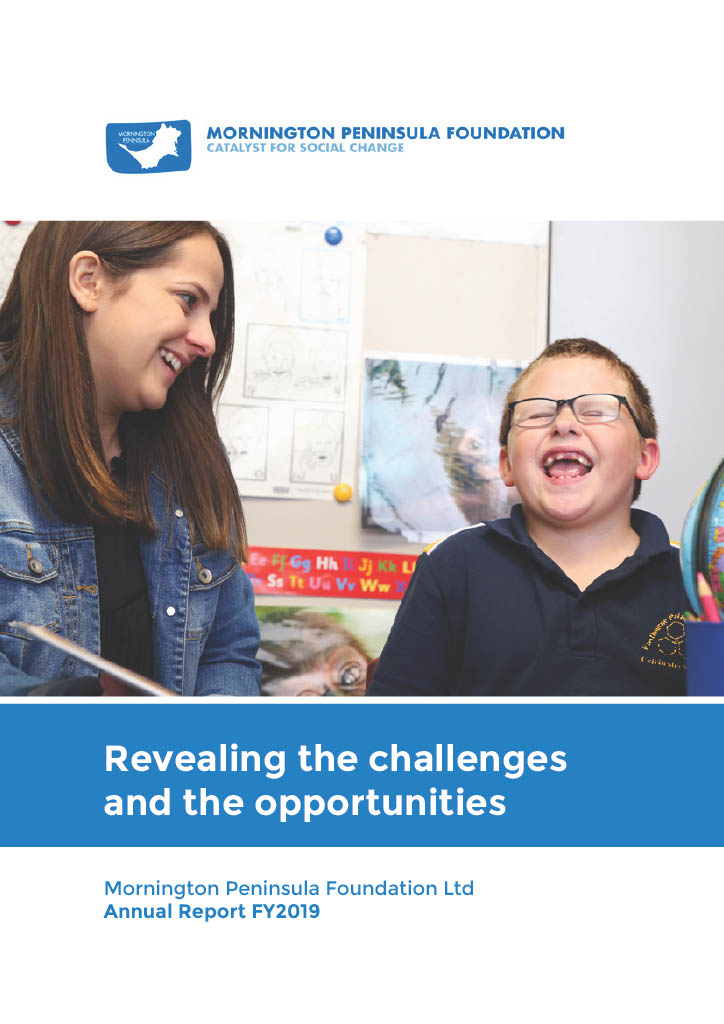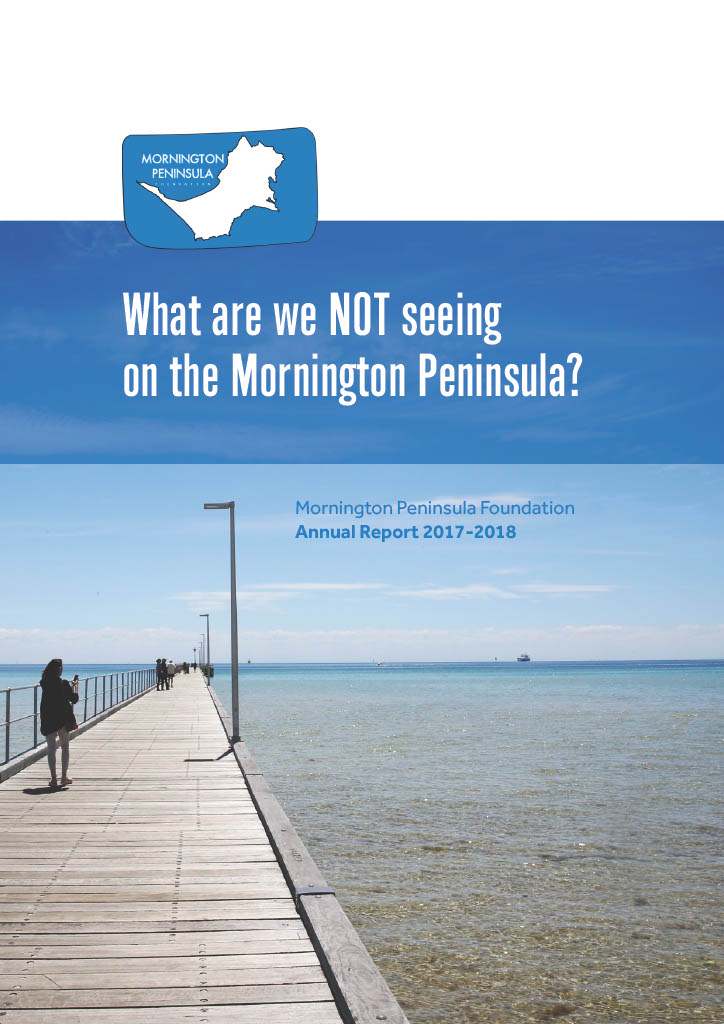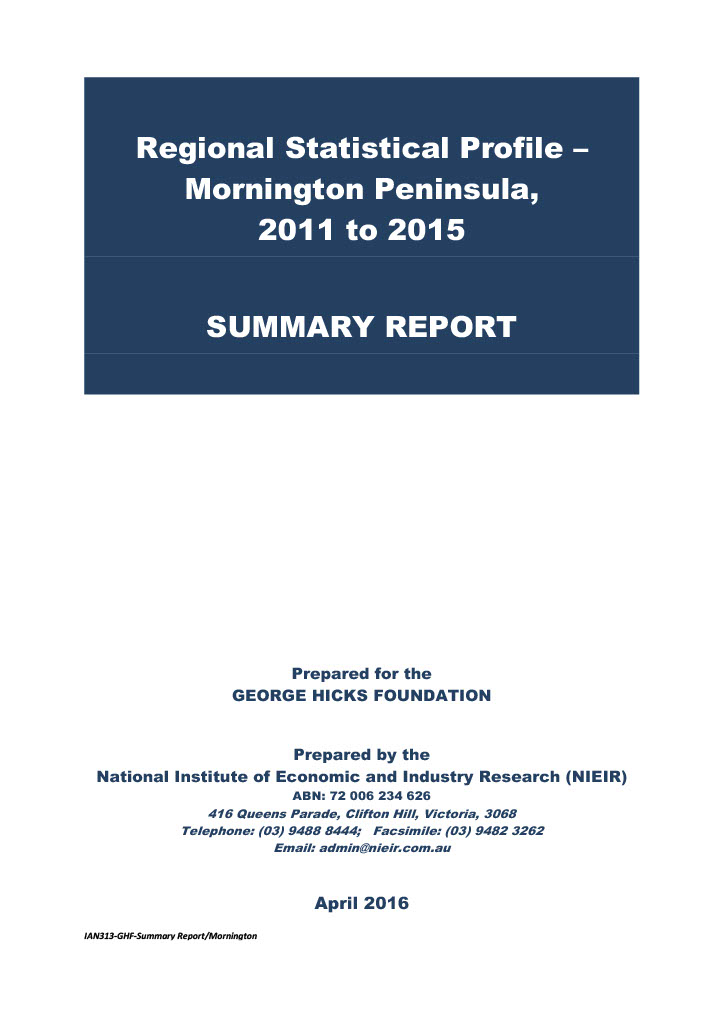Annual Reports
Regional Statistical Profile – Mornington Peninsula (2011-2015)
The National Institute of Economic and Industry Research (NIEIR)
At the 2011 Census, 8.6 per cent of households in Mornington Peninsula had incomes below this austere poverty line, a little higher than the national proportion of 7.9 per cent.
Around half these very poor households comprised lone adults – typically either a young person out of luck on the labour market or an older man or woman marking time before becoming eligible for the Age Pension.
However, poverty was not confined to adults; 8 per cent of families with dependent children living on the peninsula had incomes under the austere poverty line. This percentage was similar to that reported nationally. These very poor families accounted for 7.3 per cent of the children living in the shire.
For many purposes, the $330 a week poverty line is excessively austere. If poverty is defined to include all households with incomes less than $440 a week, the proportion of Mornington Peninsula households considered poor rises to nearly a quarter, many of which are single adults (the Single Age Pension rate in 2011 was below this poverty line). The proportion of families with dependent children living below the poverty line becomes 17 per cent, accounting for 15 per cent of all children in the shire.
MPF is a Public Benevolent Institution with Deductible Gift Recipient Item 1 tax status. All donations are tax deductible. In 2017 the George Hicks Foundation made a ten year commitment to fund the operational costs of the MPF. Projects are funded with donations from our wide range of donors.
